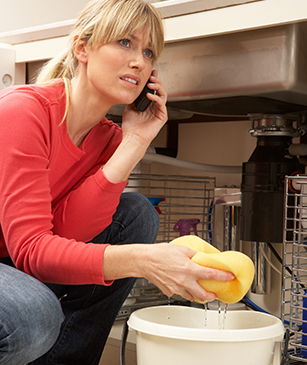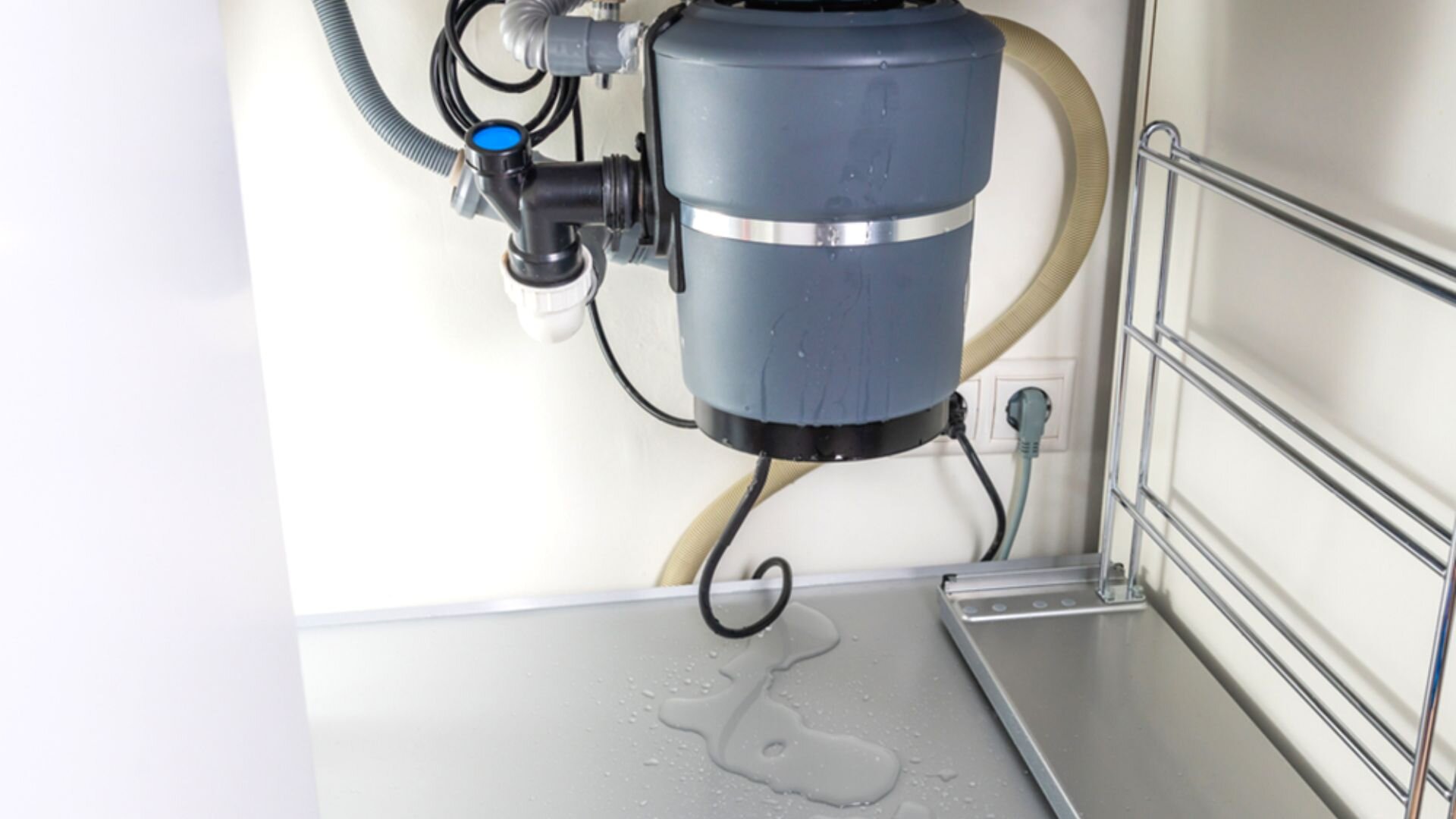An Comprehensive Guide to Fixing a Leaky Garbage Disposal
An Comprehensive Guide to Fixing a Leaky Garbage Disposal
Blog Article
Are you in search of tips concerning Tips on Fixing a Leaking Garbage Disposal?

Waste disposal unit are essential kitchen appliances that assist in throwing away food waste effectively. Nevertheless, a dripping waste disposal unit can be an aggravating and untidy issue to handle. Fortunately, many leakages can be dealt with conveniently with a couple of straightforward steps. In this short article, we will talk about how to take care of a dripping garbage disposal efficiently.
Introduction
Waste disposal unit are set up under kitchen area sinks and are developed to shred food waste right into smaller sized items, enabling it to go through the plumbing system conveniently. While these tools are normally reputable, leaks can occur over time because of deterioration, loose connections, or damages to the device.
Common Causes of Leaks in Garbage Disposals
Worn Seals and Gaskets
Seals and gaskets play a vital duty in stopping water from leaking out of the waste disposal unit. In time, these components can deteriorate, resulting in leakages around the disposal system.
Loose Links
The connections in between the waste disposal unit and the plumbing system can become loose over time, creating water to leakage out throughout operation.
Cracks or Openings in the Disposal Unit
Physical damages to the garbage disposal, such as fractures or openings in the housing, can likewise result in leakages.
Identifying the Resource of the Leak
Prior to attempting to deal with a leaking garbage disposal, it is important to identify the resource of the leakage. This can usually be done through visual evaluation or by conducting straightforward tests.
Visual Inspection
Check the garbage disposal unit very carefully for any indications of water leakage. Pay attention to areas around seals, gaskets, and link factors.
Testing for Leaks
One means to examine for leakages is by running water via the disposal system and checking for any noticeable indicators of leak.
Devices and Materials Needed for Taking Care Of a Leaking Waste Disposal Unit
Prior to beginning the fixing process, gather the required devices and products, including a screwdriver, flexible wrench, plumbing professional's putty, replacement seals or gaskets, and epoxy or patching material for repairing cracks or holes.
Step-by-Step Overview to Taking Care Of a Dripping Garbage Disposal
Switch off the Power
Before attempting any fixings, make sure that the power to the waste disposal unit unit is turned off to prevent the danger of electrical shock.
Find the Leak
Recognize the specific area of the leak and establish the reason.
Tighten up Links
Use a wrench to tighten up any kind of loose links in between the disposal system and the plumbing system.
Replace Seals or Gaskets
If the leak is because of worn seals or gaskets, remove the old components and replace them with new ones.
Patching Splits or Openings
For splits or holes in the disposal system, usage epoxy or an appropriate patching material to secure the broken location.
Evaluating the Waste Disposal Unit After Repair Work
When the repair is total, test the garbage disposal by running water via it to ensure that the leakage has actually been resolved.
Preventive Upkeep Tips to Stay Clear Of Future Leaks
To stop future leaks, it is essential to perform routine maintenance on your garbage disposal. This includes keeping it tidy, staying clear of putting non-food items or tough items down the disposal, and occasionally looking for leakages or other concerns.
Conclusion
To conclude, fixing a dripping garbage disposal is a reasonably simple process that can be completed with basic devices and products. By adhering to the steps laid out in this write-up and practicing preventative upkeep, you can keep your garbage disposal in good working condition and avoid pricey repair work in the future.
HERE’S HOW TO FIX YOUR GARBAGE DISPOSAL
WHAT TO DO IF SOMETHING IS STUCK IN YOUR GARBAGE DISPOSAL
If the impeller won’t turn, there’s probably something stuck in the disposal. It could be a steak bone or peach pit, although plumbers report pulling all sorts of inappropriate objects out of disposals, such as bottle caps or aluminum foil. Make sure power to the disposal is off, and look inside to see if you can see the source of the jam.
Never stick your fingers in a disposal. Pull out anything you see with tongs or pliers.
If the disposal still won’t work, it may be time to call a plumber or consider buying a new disposal. GEM Plumbing & Heating is here for all of your garbage disposal needs.
WHAT TO DO IF YOUR GARBAGE DISPOSAL DRAIN IS CLOGGED
Take everything out from underneath your sink and put a bucket or other container under your disposal to catch any water that drains out. Disconnect your disposal from the power supply. If it’s plugged into a wall outlet, unplug it. If it’s hardwired into an electrical box, go to the electrical panel and turn off the breaker for the disposal. Pour ¼ cup of baking soda into the drain, followed by ½ cup of white vinegar. Give the solution a few minutes to fizz and do its work. Look into the disposal with a flashlight to see if you can see an object that might be causing the clog. If you see it, remove it using tongs or pliers. MORE TIPS ON DEALING WITH A CLOGGED GARBAGE DISPOSAL
Never use drain cleaner in a garbage disposal. It can damage the plastic parts inside the disposal. You can also be splashed with the caustic liquid while working to clear the clog. Beware! Never stick your fingers into a garbage disposal. Trust us — not a good idea. In many instances, your dishwasher drains through your garbage disposal. This allows the disposal to grind any large food particles that may be drained out of your dishwasher. There are some jurisdictions, however, where the plumbing code prohibits such a connection. WHAT TO DO WHEN YOUR DISHWASHER DRAINS THROUGH THE DISPOSAL
Run some water in the sink so your plunger has at least a ½-inch of water to create a seal and plunge vigorously up and down several times. You may need to repeat this several times. Run hot water down the drain to clear any residue that remains.

I'm very inquisitive about Why Is and I am praying you enjoyed the new blog entry. Loved our blog posting? Please share it. Let someone else find it. Kudos for your time. Come back soon.
Or Book Technician Here Report this page